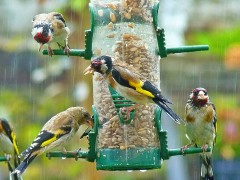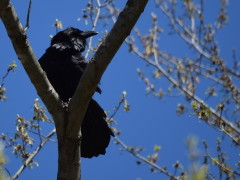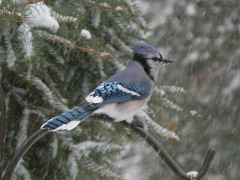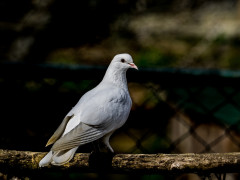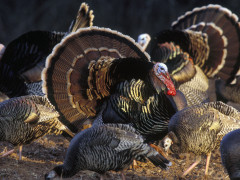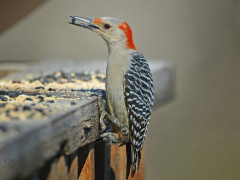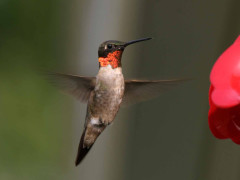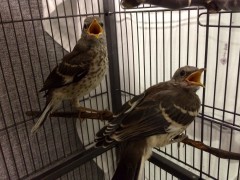On Monday July 18th, we admitted a nestling Black-crowned Night Heron (Nycticorax nycticorax). The bird was brought in by a National Zoo employee who also volunteers at City Wildlife, after the nestling fell from its nest into one of the crane enclosures at the National Zoo. The nestling is covered in down, but it has not fledged yet, meaning it [Read More …]
It’s Raining! Where are the Birds?
Regardless of what kind of animal you are, stormy weather can be a real pain. It usually means there is little to be done other than finding a cozy space to hunker down to wait out the wet weather. Most animals have developed behavioral or biological adaptations to help them stay warm and dry during light rains but heavy rains are another matter [Read More …]
Don’t String Them Along
Trash and litter related injuries are more common than you would think, especially in urban environments. Often, it starts with something as simple as a piece of string. Although string may seem harmless to us, it can cause a lot of problems for wildlife. Small mammals, waterfowl, and other birds can easily become tangled up and get injured trying [Read More …]
Return of the Ravens
A few weeks ago, DOEE Wildlife Biologist Dan Rauch discovered a nesting pair of Common Ravens in DC. This was a surprising discovery. Although other corvids, such as American Crows, Fish Crows, and Blue Jays reside in the DC area, Ravens have not been breeding in DC for over 100 years and historical records of them in our area are few and far [Read More …]
Where Are They In The Winter: Birds
Although migratory birds usually garner all the attention, many beautiful birds can be found in our area all winter long. In fact, winter is one of the best times to enjoy your local bird life. With most of the leaves off the trees, visibility is often better and many brightly colored birds such as Northern Cardinals and Blue Jays are easy to spot [Read More …]
Pigeons: Misunderstood But Magnificent!
It is easy to overlook a pigeon. For some people, they are a common and unwanted sight, crowding streets, public squares and parks, and roosting on rooftops. Their ability to thrive in urban environments has earned them “pest status.” Interestingly, this ability to adapt and thrive in a variety of situations is also the very quality that has led [Read More …]
Ben’s Bird: the Wonderful World of Wild Turkeys
Most of us have strong associations with turkeys even if Thanksgiving dinner was not part of our family’s traditional celebration. We learn to identify them at an early age, often by making turkey cutouts for handcrafted Thanksgiving cards, hearing stories about the first Thanksgiving, and learning of Benjamin Franklin's famed appreciation for the [Read More …]
Woodpeckers of Washington D.C.
Known for their long beaks, distinctive drumming, and hard heads, woodpeckers are one of the most common forest birds sighted in Rock Creek Park. They serve an important ecological role in both the creation of cavity nests and the decomposition of dead trees. Their thick skulls, strong beaks, and powerful neck muscles allow them to deliver sharp [Read More …]
Hovering with Hummingbirds
Unless you are near a flowering garden or a nectar feeder, you will likely have a hard time catching sight of a hummingbird. Most hummingbirds zip around at high speeds, weaving skillfully through plants and going from garden to garden in search of their next meal. Able to maneuver around obstacles with deft precision, hummingbirds can come to a [Read More …]
How You Can Help Baby Birds This Spring
Leave Fledglings Alone. During the spring and summer you will probably see quite a few baby birds hopping around on the ground. These are most likely young birds who are learning to fly, also known as fledglings. Fledglings get their name because they are at the stage where their feathers and wing muscles are developed enough for them to begin [Read More …]

